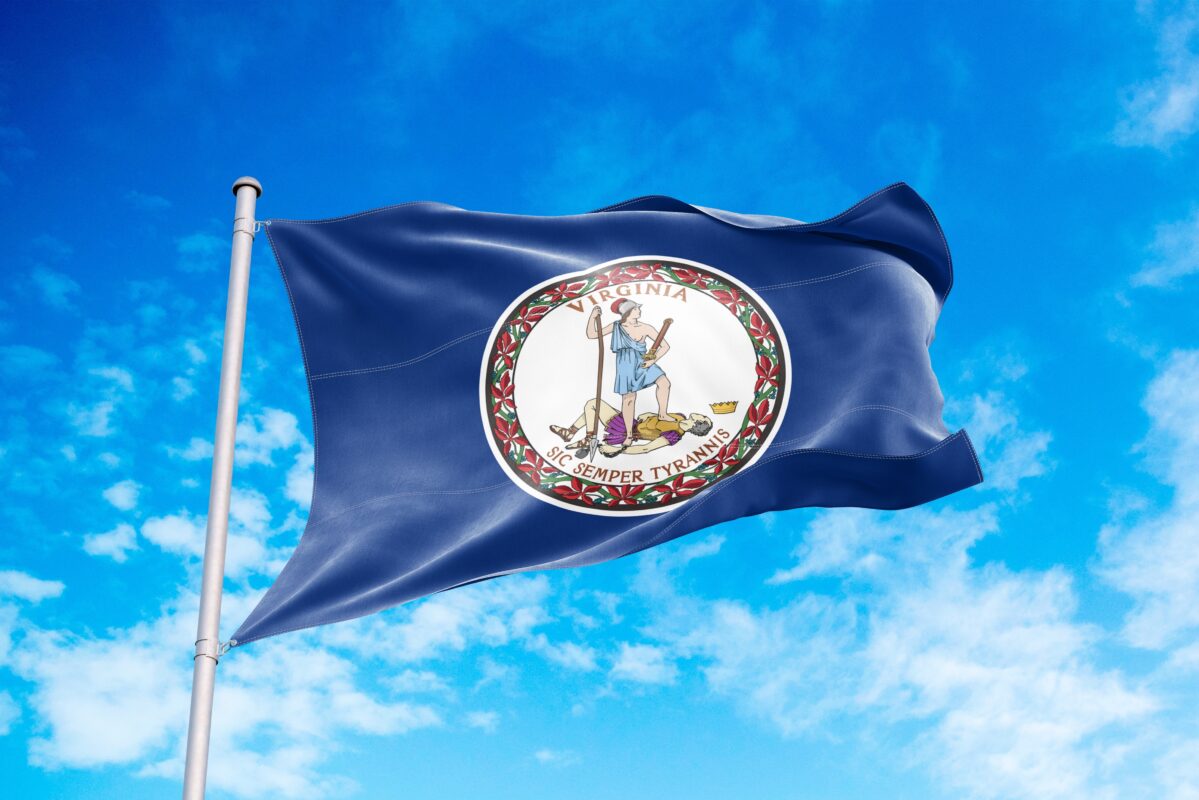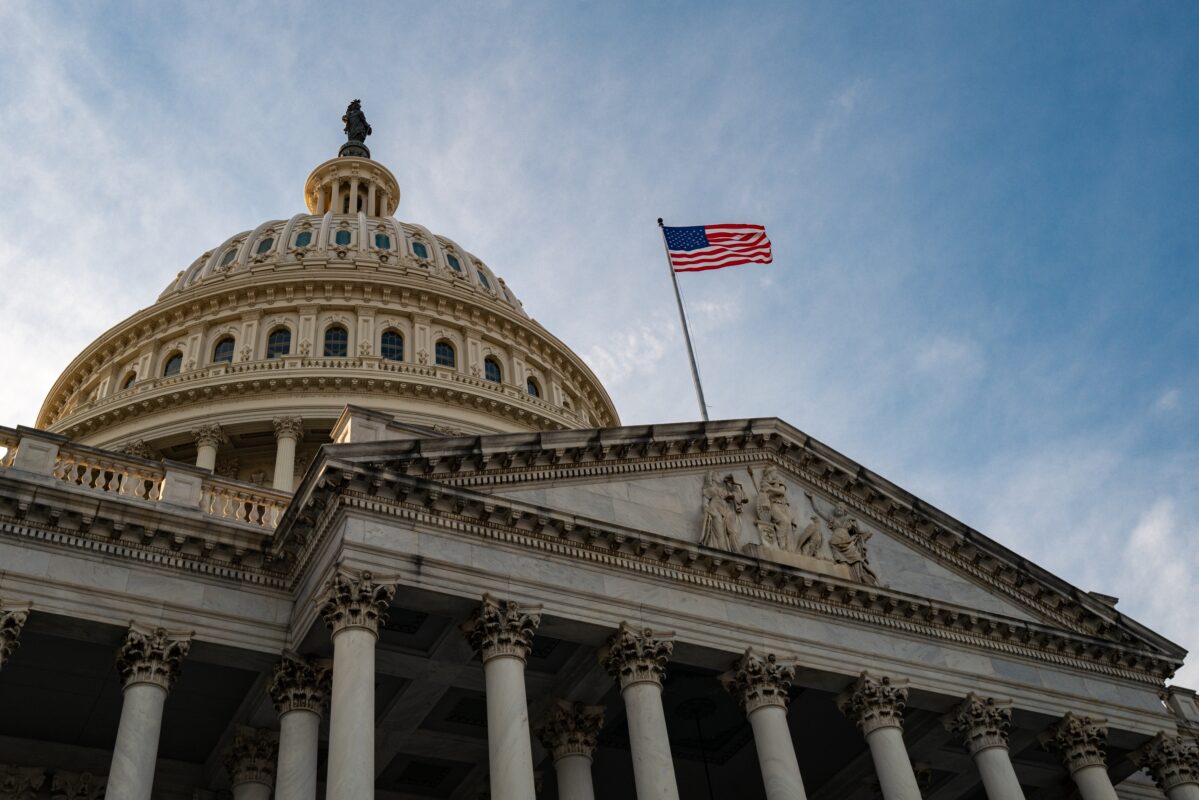On July 4, 2025, President Trump signed the sweeping One Big Beautiful Bill Act (OBBBA), marking the most significant federal health care funding overhaul in decades. The legislation extends key tax cuts while cutting nearly $1 trillion from Medicaid and related safety-net programs over the next ten years.
Key Provisions of the Bill
- Medicaid Cuts: The Congressional Budget Office estimates $930 billion to $1 trillion in reduced federal Medicaid outlays, leading to the potential of 8–12 million Americans losing coverage by 2034.
- New Medicaid Eligibility Rules: The bill imposes an 80-hour monthly work requirement for able-bodied adults and mandates semi-annual re-verification, along with service co-payments reaching $35.
- Provider Tax Cap: State Medicaid provider taxes will be reduced from six percent to 3.5 percent, eliminating a crucial revenue stream used to enhance reimbursements.
- Rural Hospital Relief: A new $50 billion Rural Hospital Fund was included, but analysts warn it covers only about 40–45 percent of anticipated rural shortfalls.
Though not always highlighted in broad healthcare discussions, audiologists and similar service providers face likely ripple effects:
- Smaller Medicaid Rolls mean fewer covered patients—forcing many to seek private pay options or go untreated.
- Lower Reimbursements as provider-tax cuts shrink state Medicaid budgets.
- Greater Administrative Burden from new eligibility hurdles and cost-sharing enforcement.
- Referral Network Strain as hospital service reductions or closures, especially in rural areas, disrupt patient pathways.
- Rural Aid Insufficient: The $50 billion relief falls short of the estimated $58+ billion rural hospital Medicaid shortfall over a decade.
- State Policy Divergence: Medicaid expansion and non-expansion states will experience differing impacts—expansion states face deeper cuts—but all reinsurers confront tighter budget constraints.
- Coverage Loss Projections: Non-Medicaid portions of the law—like Affordable Care Act (ACA) marketplace credit rollbacks—could add three million additional uninsured, pushing total uninsured increases to 16 million by 2034.
The One Big Beautiful Bill Act causes a seismic shift in U.S. health care financing, blending tax cuts with the largest Medicaid contraction in decades. The legislation is aimed at trimming government waste and promoting sustainability, but analysts caution that it puts millions—particularly in underserved and rural communities—at risk of losing essential care.
Audiologists who serve Medicaid patients should prepare for reduced patient access, tighter budgets, and complex eligibility requirements, while policymakers balance fiscal aims with preserving community health infrastructure. Please remember, the Academy is your number one resource for assistance as you balance these new challenges.
Recent Posts
Academy Files Rulemaking Petition to Restore ABA Language in VA Regulations
Earlier last year, the Virginia Board of Audiology and Speech-Language Pathology finalized regulatory changes intended to streamline licensure by removing direct ties between certification and…
Congress Needs to Hear From Audiologists on Student Loan Access
The Professional Student Degree Act, H.R. 6718, introduced by Representative Michael Lawler (R-NY), was introduced in mid-December. This bill reaffirms audiology’s status as a professional…
Why Wild Animals Don’t Have Floppy Ears
In 1959, a scientist began a domestication experiment with silver foxes. Critics believed the experiment was, at the very least, too ambitious (if not outright…


